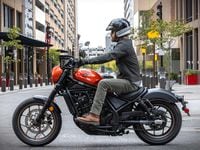What’s that you say, Bunkie? You need to charge your motorcycle battery, but the only thing you have available is a standard car-type trickle charger and you’re afraid using it will send your juice box straight to battery heaven? I hear ya, and I agree: Very often, even the smallest trickle charger puts out way more current than your battery needs or can handle, especially if you plan on leaving it on the charger for an extended period of time.
The rule of thumb is that you should never charge a battery at more than one-tenth its rating in amp hours. Meaning that a 20-amp battery should be charged at no more than 2 amps over a 10-hour period. Overcharging a battery can lead to all sort of problems: The electrolyte may boil, the battery can overheat and buckle the plates and, in extreme cases, the battery may even blow up, especially if excess hydrogen gas is released and there’s a spark handy.
Large automotive-type battery chargers, designed to charge a good-sized car or truck battery, can easily overcharge a small motorcycle battery if you’re not careful. Unfortunately, in some circumstances, that may be the only type of charger available. Here’s the solution: Insert a standard test light, or even one built from a taillight bulb, inline between the positive side of the charger and your battery. Typically a test lamp, turn signal or brake light bulb draws about 2.25 amps. (If you’re not sure of the bulb’s amperage or wattage, hook an amp meter in series to measure the flow.)
If you have something like a 6-amp charger that you want to use on your 20-amp battery, you'll need to connect two bulbs in parallel. Yes, it's a pain, but it's better than cooking your battery. What do you mean you don't have any test bulbs?! I guess you didn't read the Tech Tip on building a test lamp.










/cloudfront-us-east-1.images.arcpublishing.com/octane/PIOT5YCPMREOOIVAMIKDYBYB4Q.jpg)
/cloudfront-us-east-1.images.arcpublishing.com/octane/OQVCJOABCFC5NBEF2KIGRCV3XA.jpg)
/cloudfront-us-east-1.images.arcpublishing.com/octane/F3O2DGLA4ZBDJGNVV6T2IUTWK4.jpg)
/cloudfront-us-east-1.images.arcpublishing.com/octane/ZXYQE3MHLFDSPKNGWL7ER5WJ4U.jpg)
/cloudfront-us-east-1.images.arcpublishing.com/octane/RDF24VM7WVCOBPIR3V3R4KS63U.jpg)
/cloudfront-us-east-1.images.arcpublishing.com/octane/W7RSIBFISNHJLIJESSWTEBTZRQ.jpg)
/cloudfront-us-east-1.images.arcpublishing.com/octane/AERA26ENRNBW3K324YWCPEXYKM.jpg)
/cloudfront-us-east-1.images.arcpublishing.com/octane/YWX3YX7QBBHFXFDMEEEKRG4XJE.jpg)
/cloudfront-us-east-1.images.arcpublishing.com/octane/I7OKI53SZNDOBD2QPXV5VW4AR4.jpg)
/cloudfront-us-east-1.images.arcpublishing.com/octane/IH52EK3ZYZEDRD3HI3QAYOQOQY.jpg)
/cloudfront-us-east-1.images.arcpublishing.com/octane/K2FSAN7OWNAXRJBY32DMVINA44.jpg)
/cloudfront-us-east-1.images.arcpublishing.com/octane/G4XK7JL24FCUTKLZWUFVXOSOGE.jpg)
/cloudfront-us-east-1.images.arcpublishing.com/octane/JJNXVAC27ZCDDCMTHTQZTHO55Y.jpg)
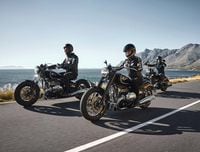
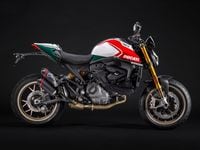
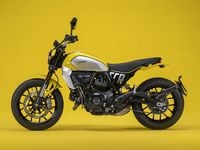
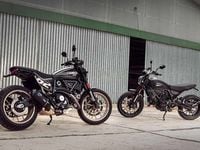
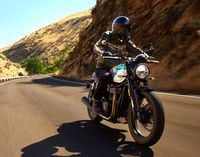
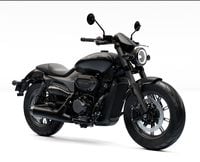

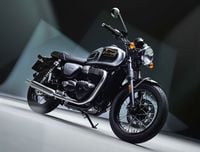

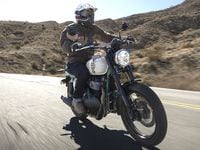
/cloudfront-us-east-1.images.arcpublishing.com/octane/3VSTLPKOHNFTRJTIAAXDPGCPA4.jpg)
